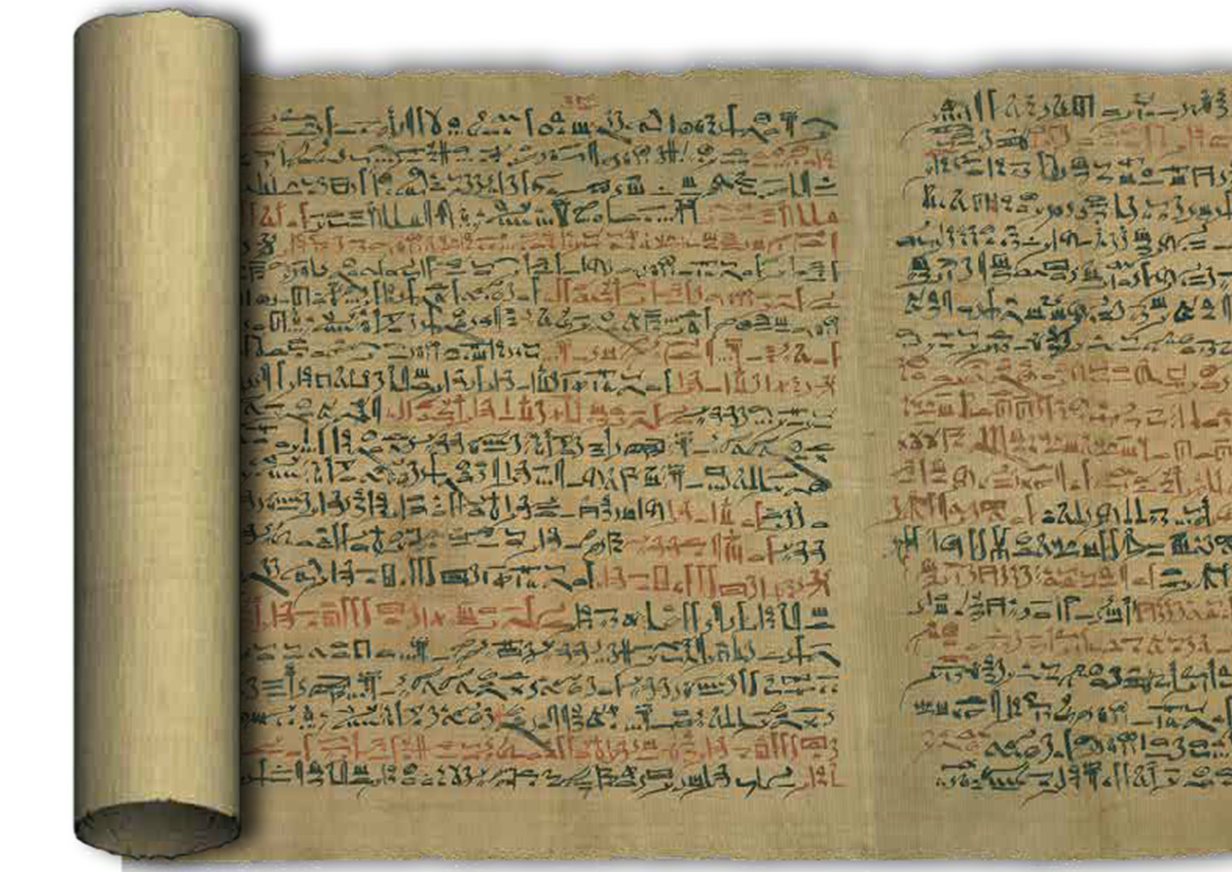

(1971) Early physiological psychology: Circa 3000 BC. Chicago: University of Chicago Press.Ĭadwallader, T., Semrau, L. (1987) History of occupational medicine: Relevance of Imhotep and the Edwin Smith papyrus, British Journal of Industrial Medicine, 44, 68-70.īreasted J.

References on Egyptian medicine and the Edwin Smith Papyrusīrandt-Rauf, P. Gloss: As for: "Thou seest its fragments in the interior of his ear," it means that some of the fragments of the bone come away to adhere to the swab which was introduced to cleanse the interior of his ear.

If thou callest to him (and) he is speechless (and) cannot speak.ĭiagnosis: Thou shouldst say concerning him: "One having a smash in his temple he discharges blood from his two nostrils and from his ear he is speechless (and) he suffers with stiffness in his neck. Cleanse (it) for him with a swab of linen until thou seest its fragments (of bone) in the interior of his ear. Title: Instructions concerning a smash in his temple.Įxamination: If thou examinest a man having a smash in his temple, thou shouldst place thy thumb upon his chin (and) thy finger upon the end of his ramus, so that the blood will flow front his two nostrils (and) from the interior of his ear having that smash. Treatment: Now when thou findest that man speechless, his shall be sitting soften his head with grease, (and) pour into both his ears.Ĭase 22 is a case of a person with brain injury caused by a “smash in his temple” also resulting in speechlessness. Title: Instructions concerning a wound in his temple, penetrating to the bone, (and) perforating his temporal bone.Įxamination: If thou examinest a man having a wound in his temple, penetrating to the bone, (and) perforating his temporal bone, while his two eyes are blood shot, he discharges blood from both his nostrils, and a little drops if thou puttest thy fingers on the mouth of that wound (and) he shudder exceedingly if thou ask of him concerning his malady and he speak not to thee while copious tears fall from both his eyes, so that he thrusts his hand often to his face that he may wipe both his eyes with the back of his hand as a child does, and knows not that he does so.ĭiagnosis: Thou shouldst say concerning him: "One having a wound in his temple, penetrating to the bone, (and) perforating his temporal bone while he discharges blood from both his nostrils, he suffers with stiffness in his neck, (and) he is speechless. Here are two case examples of head trauma from the Edwin Smith PapyrusĬase Twenty offers an example of a person with head trauma resulting in speechlessness: Of the 48 cases described, fourteen were considered to be ones not to be treated. Treatments involve bandages, plasters, stitching, cauterization and splints, and surgical dressings, e.g. "An ailment not to be treated" - the condition cannot be treated at all because the injury is thought to be incurable.The doctor will try to treat the condition, but the outcome is uncertain.



 0 kommentar(er)
0 kommentar(er)
